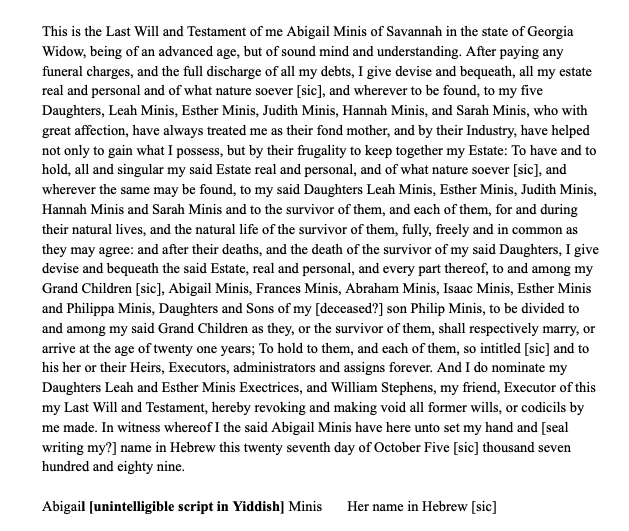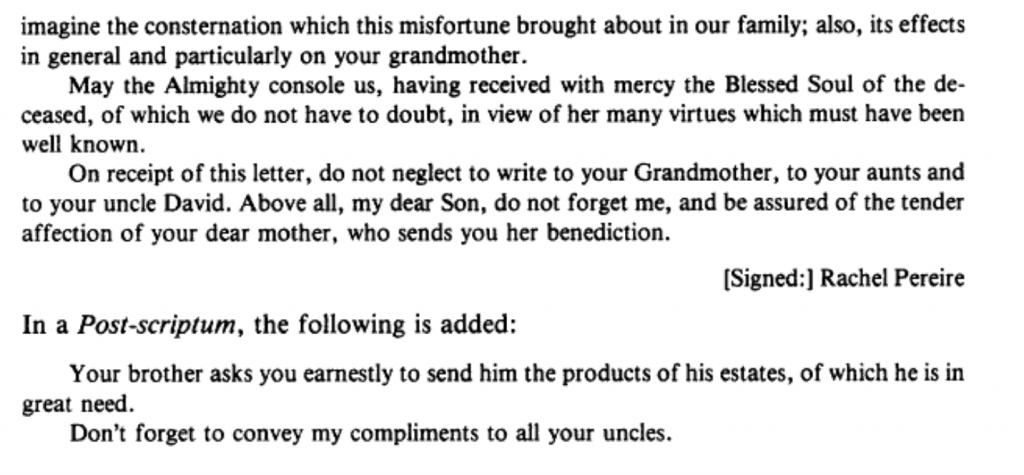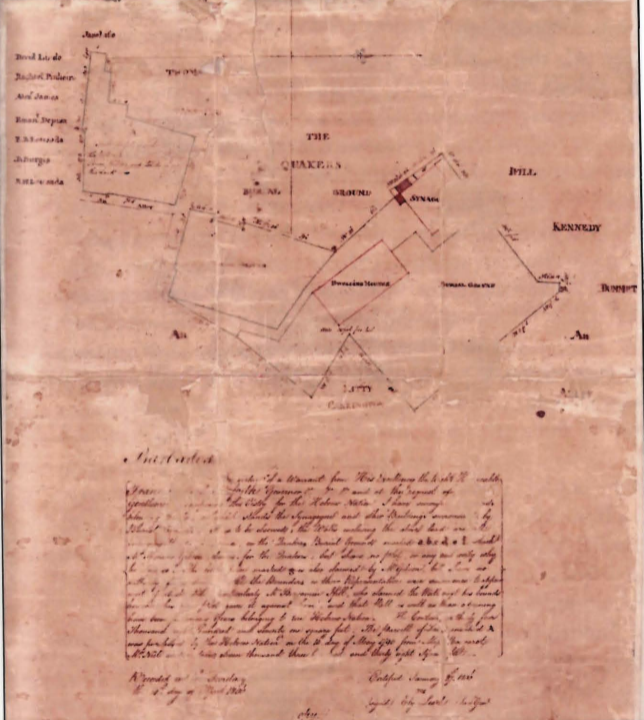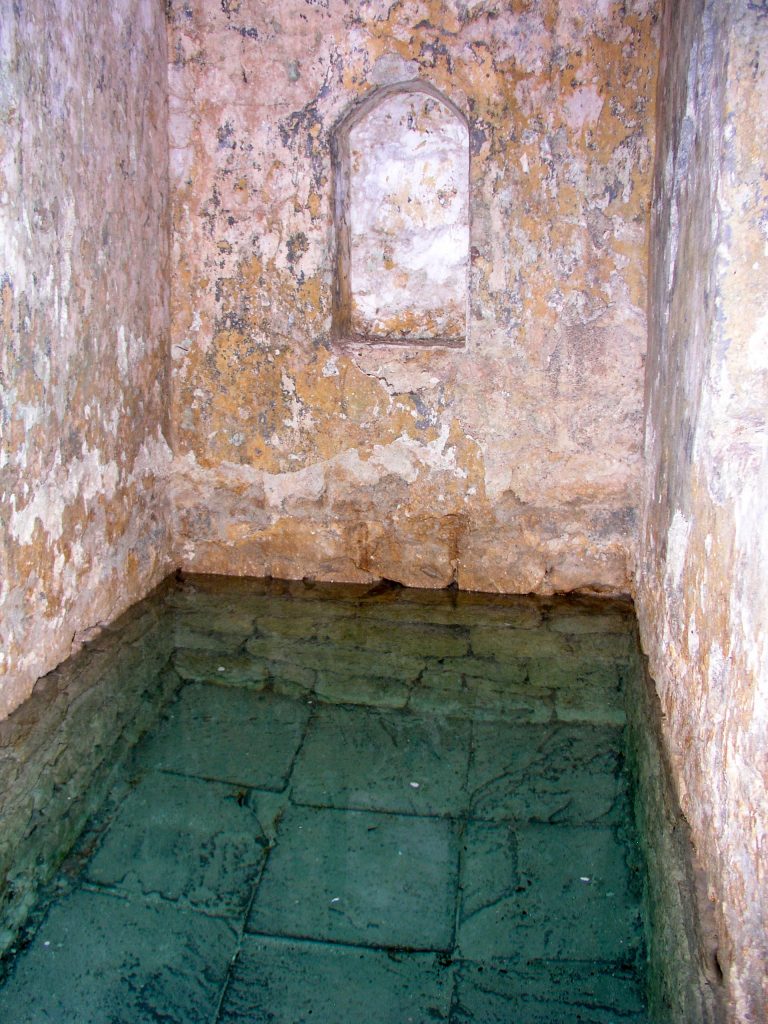To the great and influential Mahamad,
I aim to act as a woman devoted to my faith, and I will always share feelings of respect and affection for our congregation. However, after meeting with the council of elders, I feel that my situation has been treated unfairly, especially on the account of my newborn son, who is innocent on all accounts.
I understand that my actions in abandoning my husband and living with Mr. Castello seem egregious, but I entreat you to consider the many attempts I made to salvage my marriage with Raphael. I admire his commitment to the Jewish faith and believe him to be a deeply respectable man, but after he fell ill, it was difficult to ignore how incompatible we really were as a couple. With Judaism being a faith that focuses so deeply on the importance of kinship ties and community, you must understand that I did not feel that intimate sense of love and commitment towards my husband. Therefore, I think it was only wise for me to abandon my marriage and pursue a relationship where I can truly and authentically project the love that God intended for me to share within our community. Perhaps I found that with Mr. Castello, but I feel affection most strongly when I look upon the face of my son.
My son is completely innocent in this predicament; his father may not be the man I married, but he had no choice in his conception. Therefore, I find it inappropriate that he should be labelled as a mamzer and an outcast and denied of engagement with our congregation. Circumcision is an integral tradition within our faith, and I want you all to understand that I intend for my child to share in that tradition regardless of whether or not he receives it at the hands of this council. Despite your offensive actions towards me and my family and your consistent policing of my personal decisions, I continue to believe in the goodness and grace of God. Perhaps you will eventually follow His word, forgive me for my misdeeds, and allow my son to fully enjoy all of the privileges this congregation has to offer. If this is not possible, then I fully intend to relocate myself and leave this episode of mine and my son’s life behind forever.
Sincerely,
Rebecca Valverde Gomes











